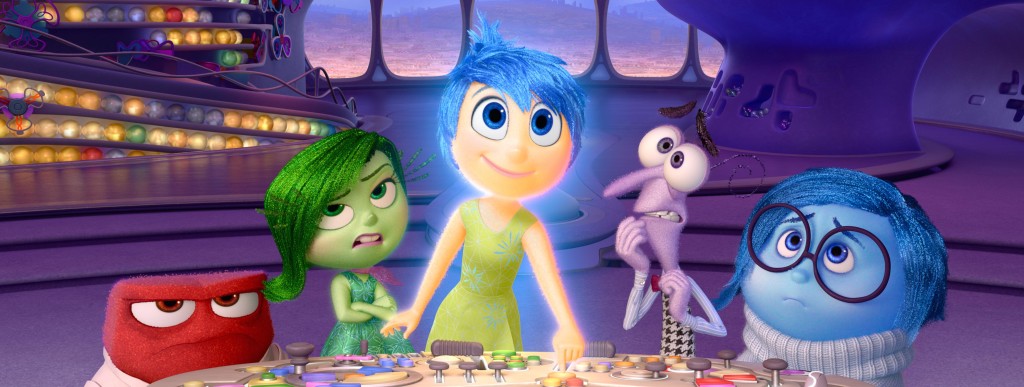I love Pixar’s films. Their most recent movie Inside Out was another story that combined fun characters, a clever concept, and emotional resonance. While some of their films are relatively forgettable (sorry Cars), their batting average is incredible with the likes of the Toy Story trilogy, The Incredibles, Ratatouille, Wall-E and Up among my all-time favourite movies. But as someone who enjoys both receiving and creating stories, I’m fascinated to know how do they maintain such a generally high standard of storytelling?
A hallmark of healthy creative culture is that its people feel free to share ideas, opinions and criticisms. Lack of candor, if unchecked, ultimately leads to dysfunctional environments.
One of the key mechanisms through which this is embedded in Pixar institutionally is the “Braintrust”:
The Braintrust, which meets every few months or so to assess each movie we’re making, is our primary delivery mechanism for straight talk. Its premise is simple: Put smart, passionate people in a room together, charge them with identifying and solving problems, and encourage them to be candid with one another.
But candour – an open honesty about what works and what doesn’t – is incredibly difficult to achieve in many environments. This is one of the reasons that if you’re a writer, or creative in some other way, you shouldn’t usually rely on feedback from friends and family as a reliable judge of the quality of your work. Friends are more likely to care about the quality of their relationship with you than with the quality of your work. Any writers’ group has to work hard to build both candour and trust: you need honesty and not just mutual affirmation, but neither is real constructive critique about tearing something down callously. Creative organisations need to deliberately cultivate an open environment.
Catmull is honest about Pixar’s early versions of films – if your early drafts suck, you’re not alone.
[…] candor could not be more crucial to our creative process. Why? Because early on, all our movies suck. […] I’m not trying to be modest of self-effacing by saying this. Pixar films are not good at first, and our job is to make them so – to go, as I say, “from suck to non-suck.”
He goes on to give two distinctive features of the Braintrust feedback process. The first is that the Braintrust is made up of people with a deep understanding of storytelling who have usually been through it themselves. The second is that the Braintrust has no authority to impose solutions but is there to diagnose problems.
One of the best pieces of writing advice I’ve heard was I think from author Paul Cornell, who says:
If you want to succeed as a writer, seek out honest criticism of your work and change because of it.
Meaningful feedback is vital to the creative process – we get too caught up in what we’re creating to have a clear view of it. But it has to be given in the right way – with an understanding of storytelling, and identifying the problems for the creator to solve, rather than imposing set solutions on them.
If you’re a writer or creative person, who is your Braintrust? Who are the people you can trust to be open with you about what’s working and not working with what you create?
If you work in a creative industry and organisation, whether publishing, television, design or something else, how well does your organisation foster a creative, candid culture?

